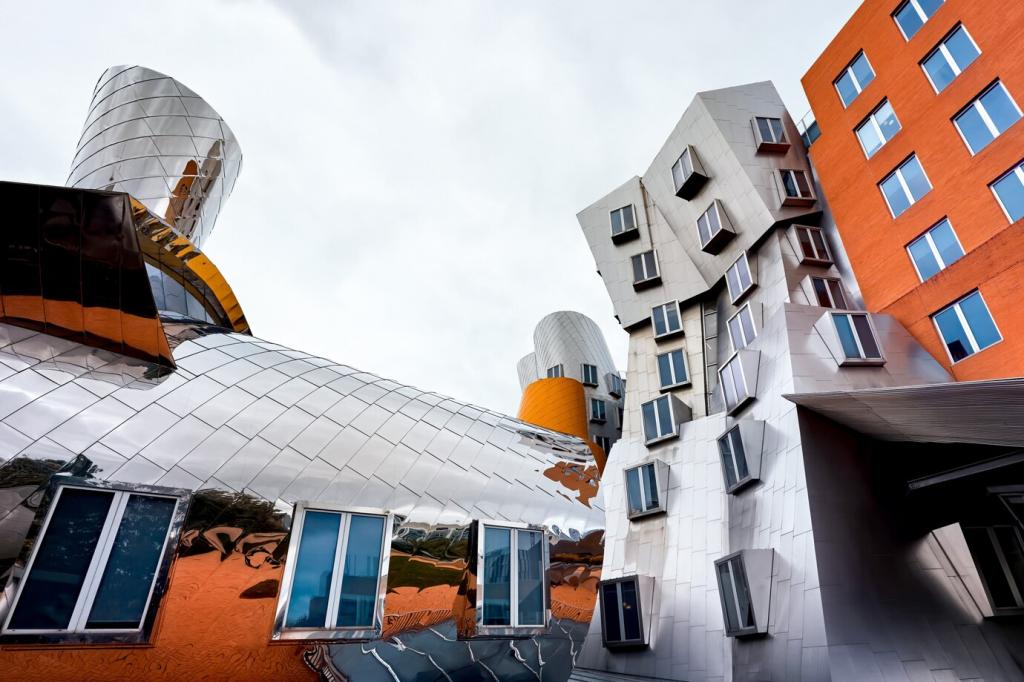Innovative Sustainable Architecture Concepts
Previous slide
Next slide

Passive Design Strategies
Harnessing Daylight
Designing with daylight in mind involves strategic placement of windows, skylights, and reflective surfaces to ensure maximum natural illumination throughout a building. By optimizing the building envelope and interior layout, spaces can benefit from warm, abundant daylight, reducing the need for electric lighting. Interiors become brighter and more inviting, while occupants gain psychological and health benefits from exposure to natural light. Moreover, daylighting strategies tailored for each unique site enable architects to create energy-efficient environments that are both ecologically sound and human-centric.
Optimizing Natural Ventilation
Ventilation is a critical element of passive design that impacts indoor air quality and thermal comfort. Through careful site analysis, architects can position operable windows, vents, and atriums to capture prevailing breezes and promote cross-ventilation. Stack effect and night purging can also be employed by designing openings at different heights, encouraging hot indoor air to rise and exit through upper vents while drawing in cool air from lower levels. These approaches not only enhance indoor comfort but significantly reduce the energy demand of mechanical ventilation systems, aligning seamlessly with sustainable architecture goals.
Thermal Mass Utilization
Thermal mass refers to the capacity of certain materials to absorb, store, and slowly release heat. By incorporating materials such as concrete, stone, or brick strategically within the building envelope, passive design harnesses natural temperature fluctuations to stabilize indoor environments. During the day, these materials absorb solar energy, preventing overheating. At night, the stored heat is gradually released to maintain a comfortable indoor climate. Thoughtfully placed thermal mass reduces HVAC loads, resulting in lower energy consumption and a more sustainable built environment.
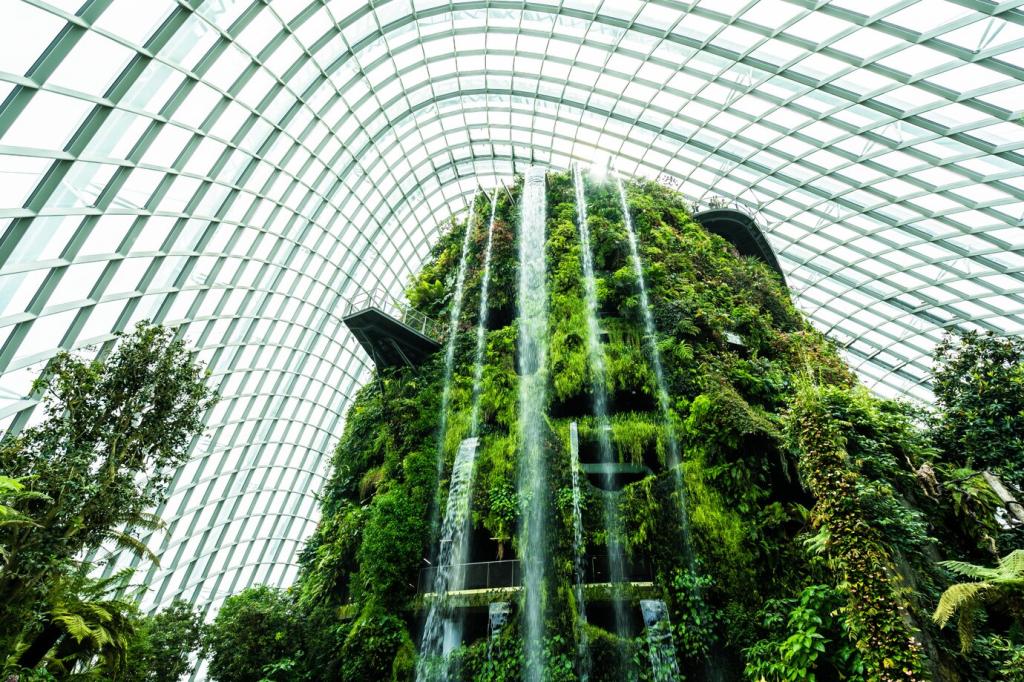
Preserving Architectural Heritage
Renovating and adapting older buildings maintains the cultural and architectural heritage embedded in established neighborhoods. By retaining original design elements and materials, architects pay tribute to a building’s historical significance. Carefully blending contemporary interventions with classic features creates a dialogue between past and present, offering continuity and a sense of place. Such projects foster community pride and generate interest in local history, all while meeting today’s sustainability standards.
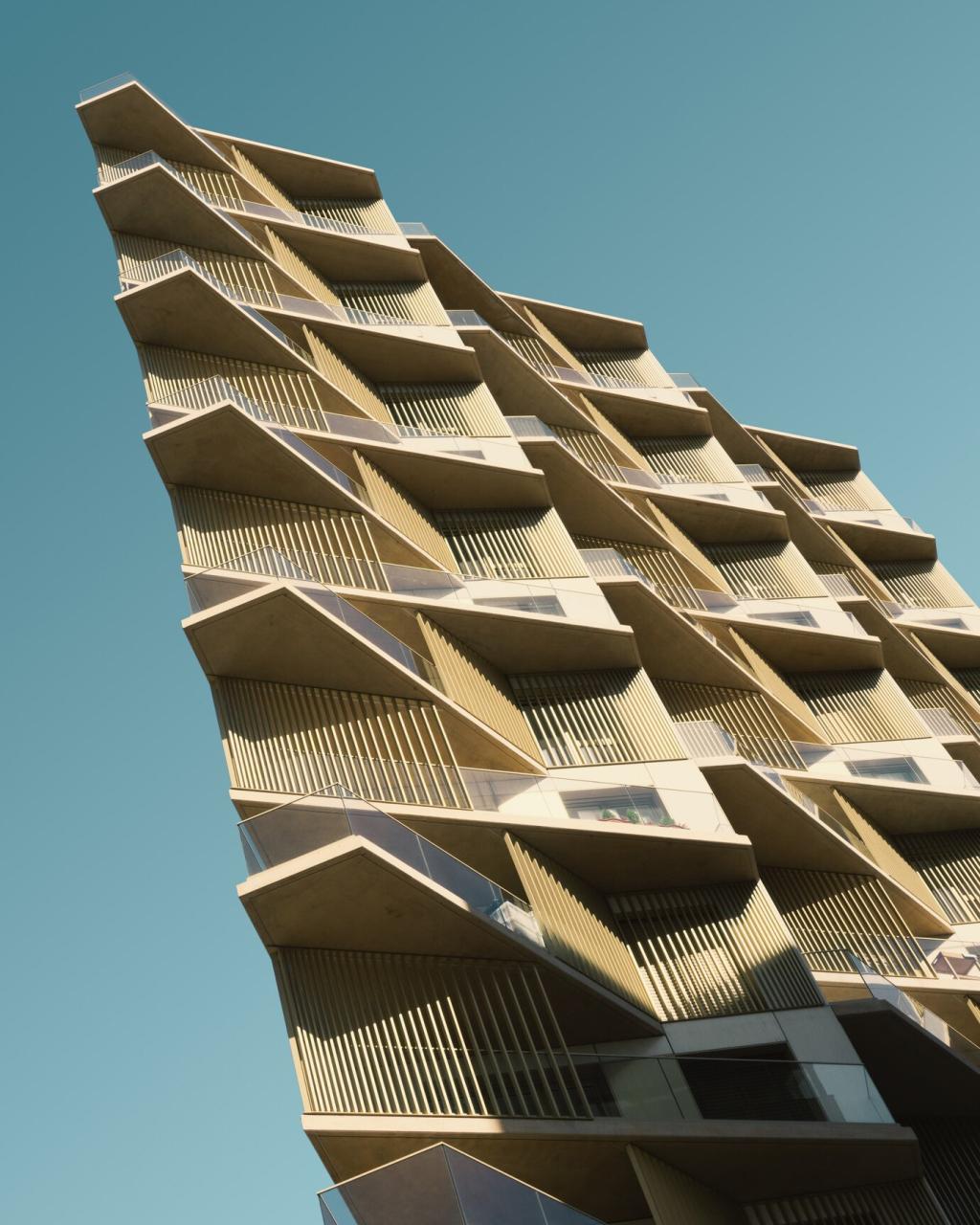
Reducing Material Waste
By upgrading and repurposing existing structures, adaptive reuse projects minimize the need for new construction materials and significantly decrease demolition waste. This approach conserves embodied energy—the sum of resources consumed during initial construction—and diverts tons of debris from landfills. It prioritizes resourcefulness and longevity, ensuring that buildings remain valuable assets for generations. Through innovative retrofitting and creative problem-solving, architects demonstrate how sustainability often aligns with economic efficiency and environmental responsibility.
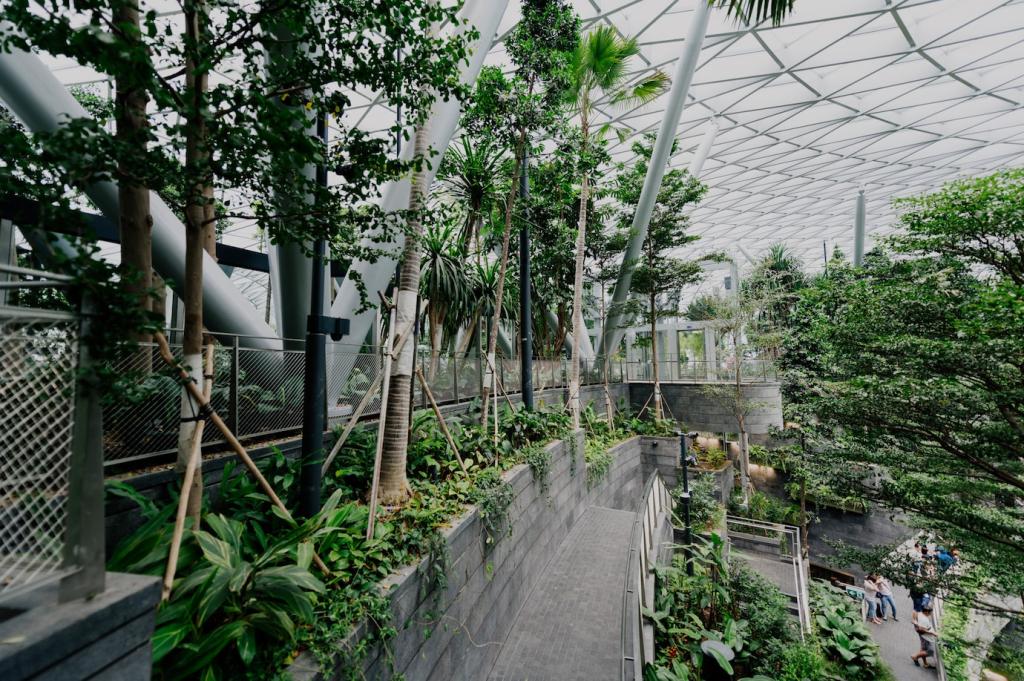
Previous slide
Next slide
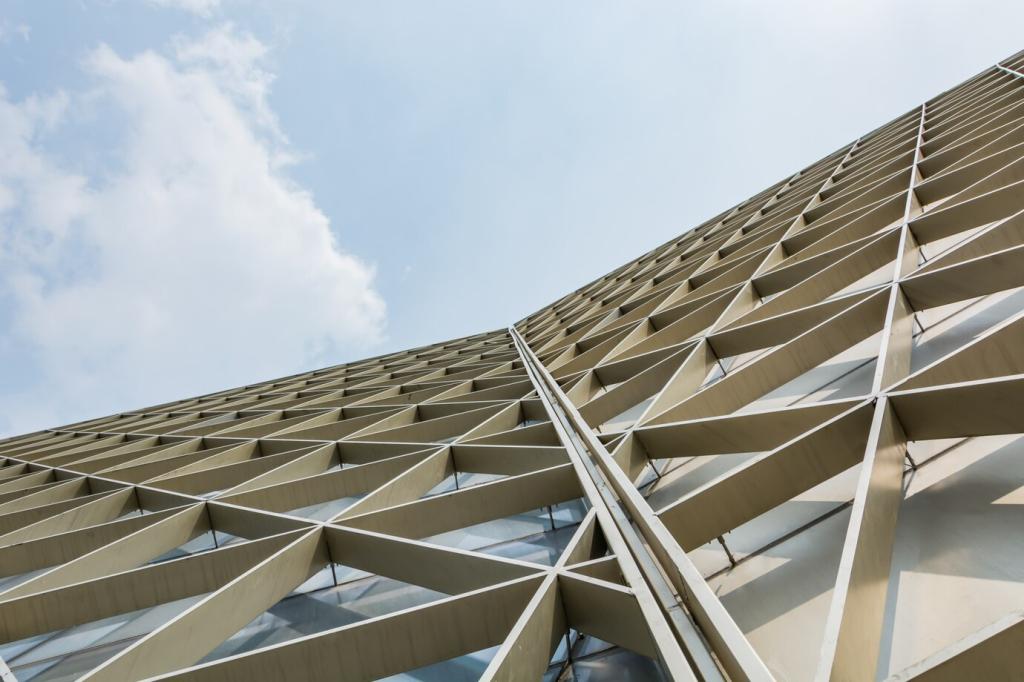
High-Performance Building Envelopes
The envelope of a building—the walls, roof, windows, and doors—serves as a crucial barrier between inside and outside conditions. In net-zero design, envelopes are meticulously engineered to minimize heat loss or gain, incorporating high levels of insulation, air-tight construction, and advanced glazing systems. Thermal bridges are minimized, and meticulous attention is paid to details that prevent energy leaks. The result is a comfortable, stable indoor climate with minimal reliance on mechanical systems, laying the groundwork for net-zero operation.
Renewable Energy Systems
On-site renewable energy generation is at the heart of net-zero architecture. Solar photovoltaic panels, geothermal heat pumps, and wind turbines are integrated into building design to supply clean, renewable power. Careful analysis of energy needs and renewable resource availability is conducted early in the design process, ensuring systems are appropriately sized and located. By combining these technologies with energy storage solutions, buildings can operate independently from conventional power grids, promoting resilience and reducing greenhouse gas emissions.
Smart Energy Management
Advanced energy management systems are essential in maximizing efficiency and ensuring net-zero targets are consistently met. These systems monitor energy consumption in real time, coordinate the operation of building services, and adjust to occupant behavior and external conditions. Automated controls optimize lighting, HVAC, and appliance performance based on occupancy and demand, minimizing waste. This data-driven approach empowers building operators and occupants to make informed decisions, fostering a culture of environmental stewardship and continual improvement.
Circular Material Flows
Buildings engineered for disassembly are constructed using reversible connections and standardized components, allowing materials to be easily separated, recovered, and reused at the end of their service life. Every stage of design, from the selection of fasteners to the configuration of structural elements, is considered with future adaptability in mind. This approach not only reduces the burden on landfills but also makes the maintenance, repair, and upgrade of buildings more efficient, ultimately extending their lifespan and supporting a more sustainable culture in the construction industry.
Water Efficiency Innovations
Rainwater Harvesting Systems
Rainwater harvesting collects and stores precipitation from rooftops and other surfaces for non-potable uses, such as landscape irrigation, flushing toilets, or even for potable use after treatment. These systems reduce dependence on municipal water supplies, especially in drought-prone regions, and lessen stormwater runoff that can overwhelm urban infrastructure. By capturing and reusing rainwater, buildings contribute to water security and set a precedent for responsible, localized water stewardship—key aspects of truly sustainable building design.
Greywater Recycling
Greywater systems capture and treat wastewater from sinks, showers, and laundry for reuse within the building. Instead of sending this relatively clean water down the drain, the recycled water supplies flushing, irrigation, or other non-potable purposes. These systems reduce overall water consumption and ease pressure on treatment plants. Incorporating greywater recycling at the design stage ensures that new buildings or major renovations take full advantage of this conservation potential, reflecting an integrated approach to water management.
Smart Water Monitoring
Modern sustainable buildings often include intelligent water monitoring solutions that provide real-time data on consumption patterns, leaks, and system efficiency. These technologies empower facility managers and occupants to identify inefficiencies and reduce waste through behavioral adjustments or system upgrades. Smart monitoring can automatically alert operators to unusual usage, facilitating prompt maintenance and repairs. Such proactive water stewardship yields significant environmental and economic benefits and exemplifies the power of technology to drive sustainable outcomes.
Community-Centric Urban Design
Mixed-use developments blend residential, commercial, and recreational functions within walkable districts. This architectural strategy encourages vibrancy by supporting varied activities throughout the day and reduces reliance on automobiles—lowering transport emissions and supporting local economies. Integrating mixed-use principles leads to dynamic, diverse neighborhoods that are adaptable to economic changes and can meet the evolving needs of their residents while championing sustainability and reduced sprawl.
